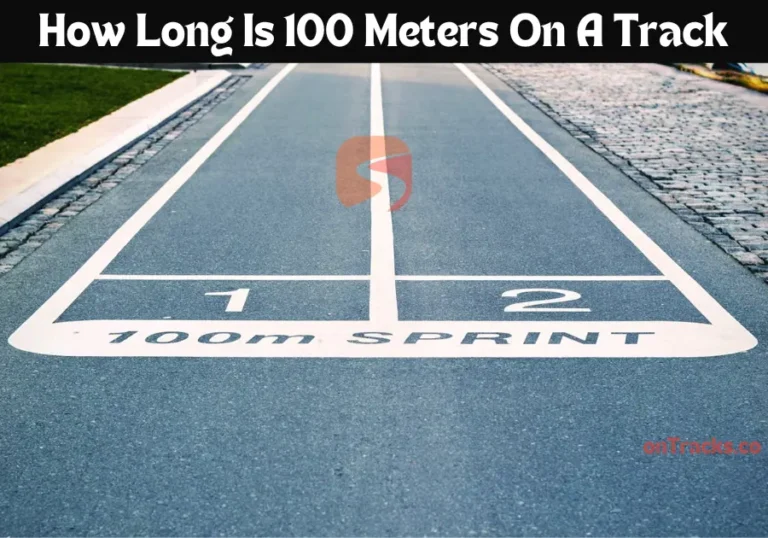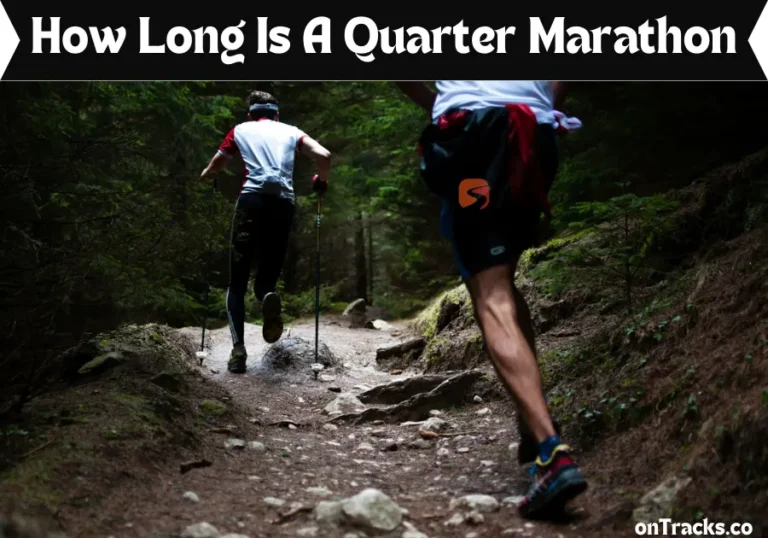How To Become A Marathon Pacer
So you want to know how to become a marathon pacer? After all, this is a serious sport. For some, it’s even more of an accomplishment to have trained and done the whole thing in one marathon. You might be thinking that only those who’ve done marathons and triathlons know how to become a pacer, but this is not so. It just takes determination and the will to do whatever it takes no matter what it takes. As long as you’re willing to learn and adapt, there’s nothing that anyone can’t teach you.
You’ll First Have To Understand That Training For Marathons Is Very Different From Training For Road Racing
Road racers go out fast at the beginning of the race trying to beat their fastest pace. In marathons, the starting pace is usually much slower. The goal is to stretch out your muscles as much as possible and allow them to adapt to the distance by building stamina as you go.
For most runners, the first half of a marathon is the most difficult. This is when you get a real workout without a rest between each increment of pace. As a result, many runners find that they can maintain the same pace for the first hour or so of the race. During this first half, you need to make sure that you’re able to keep up a steady pace, and you also need to make sure that you don’t slow down too much so that you’ll lose the ‘speed’ advantage.
People Also Like How Long Is A Quarter Marathon
For Many Runners, The Key To Becoming A Successful Pacer Is Finding A Good Training Program
While professional athletes may have someone helping them, most amateurs can’t afford the services of a trainer. Some runners who have trained successfully for marathons can offer some tips on how to become a pacer by finding a good training program in their area.
During the second half of a marathon, you need to be more relaxed. The goal is to finish a marathon under the time limit of 3 hours. If you run out of gas during this stage, you’ll either run slower or worse than you already are. You need to find a way to reduce your fatigue so that you can finish in the minimum time frame. A good way to do this is to make sure that you get plenty of good quality sleep every night.
During The Final Quarter Of The Half Marathon, You Want To Push Harder To Increase Your Energy
Often, this can be done by training with faster strides. It can also help you to break a habit that many long distance runners have – taking a day off in the middle of the training plan.
You should also remember that your personal bests are not set in stone. These will change throughout the year as you age and the type of running you do. This means that you need to adjust your training accordingly. You don’t want to get too comfortable and complacent as this can lead to problems when it comes to finishing a marathon.
The final thing that you need to consider is finding a good trainer who is willing to provide support and encouragement. If you don’t have a personal trainer, this can often be difficult as he or she will often only work with you on a short term basis. However, if you have a good trainer this will improve your chances of finishing faster. The key is to keep track of your paces and find a suitable pace for your age and level of training. When looking for a marathon track, check whether the track is suitable for your age and experience level.
FAQs for How to Become a Marathon Pacer
What qualifications do I need to become a marathon pacer?
To become a marathon pacer, you should have experience running marathons, ideally with a proven track record of consistent pacing and the ability to complete races within your target time. Most pacer programs look for runners who have finished a few marathons comfortably within the pacing time they plan to lead. Strong pacing, communication skills, and the ability to inspire and encourage other runners are also essential qualifications.
How do I find pacing opportunities for marathons?
Many marathons partner with pacer organizations or local running groups to recruit pacers. Check race websites for pacer applications or contact local running clubs, as they often coordinate with event organizers. You can also join national pacer programs or reach out to pacing teams that frequently work with major marathons to inquire about openings.
What are the responsibilities of a marathon pacer?
As a marathon pacer, your primary responsibility is to maintain a steady, consistent pace that aligns with your designated finish time, helping runners reach their time goals. Pacing also involves motivating participants, offering encouragement, and assisting them in managing their energy throughout the race. Pacers should be reliable, positive, and able to adapt to changing conditions on race day to support their group effectively.




